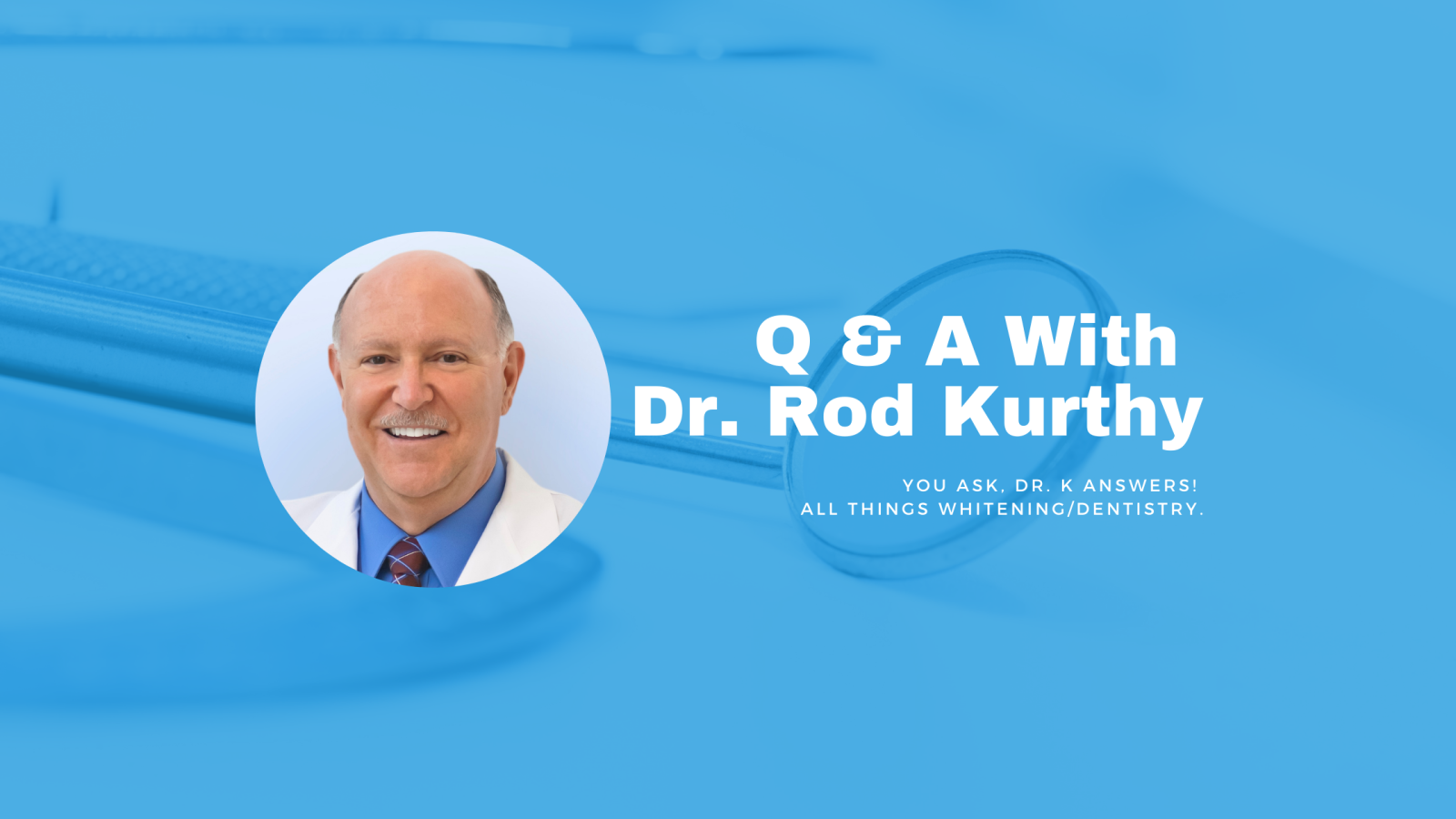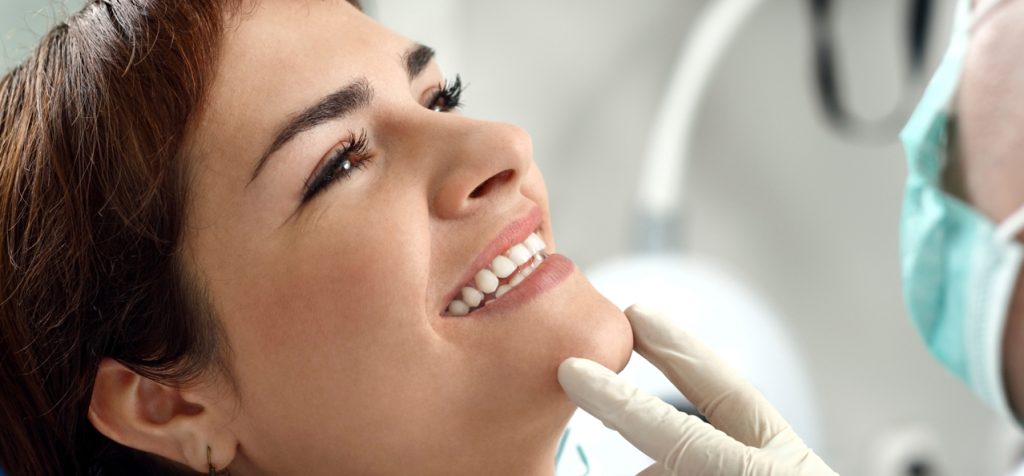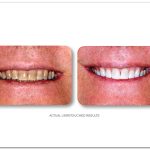
Hi Katie,
Thanks for your question.
There’s no one-size-fits-all in this regard. The bottom line is that there is a lot less regression than you may have seen with any other system, simply because no system out there whitens nearly as thoroughly. So once the whitening ROS (Reactive Oxygen Species) gas bubbles (which artificially reflect light) have finally fully exited the tooth structure, what you’re left with is whatever amount of “real” whitening that occurred during the whitening process.
It can be very difficult to anticipate how difficult a case might be and how much regression to anticipate prior to whitening. Just because there are a large number of chromophore intramolecular bonds in the internal staining, that doesn’t necessarily mean it will be more difficult. And just because there is a lower number of those chromophores, that doesn’t mean it will be an easy case. It’s all about how strong those chromophore bonds are. Just like magnets, they are found in widely varying strengths. If the case has mostly weaker chromophore bonds, you’ll get a huge whitening result with very, very minimal initial regression.
In the KoR Whitening training, and with a relatively short learning curve, dentists learn how to anticipate what might happen based on pre-op appearance and how the patient responds during treatment. And based on these things, the treating dentist determines what follow-up is necessary to circumvent regression problems.
If you have additional questions, just give KoR Whitening a call at (866) 763-7753.
Very best regards,

Dr. Rod Kurthy







